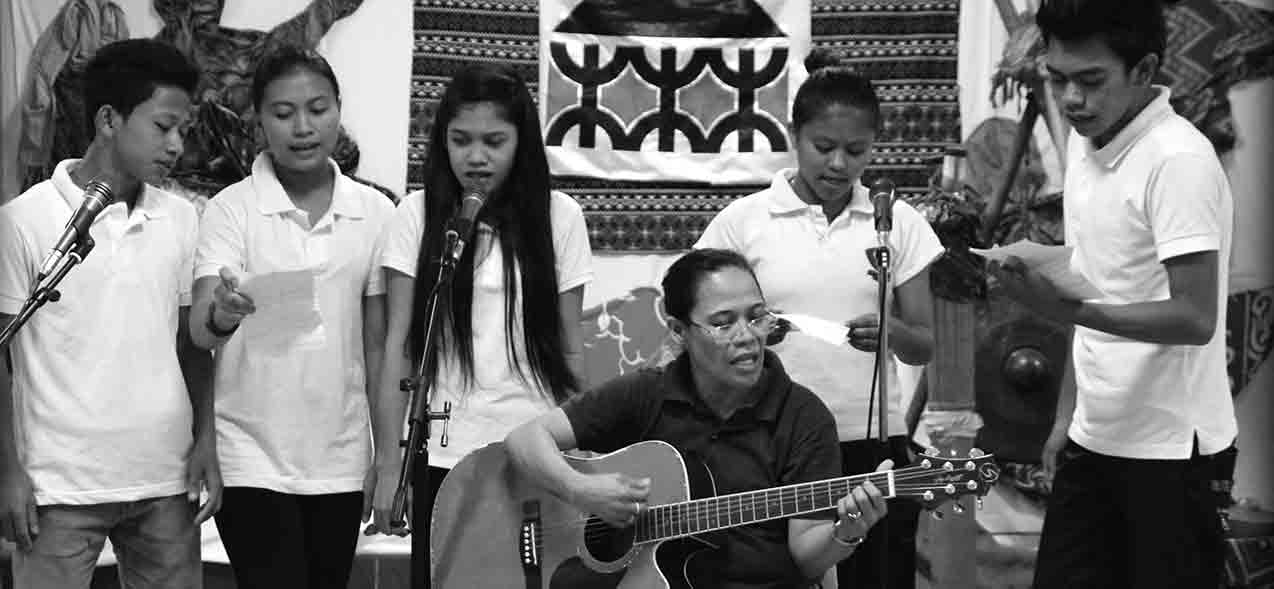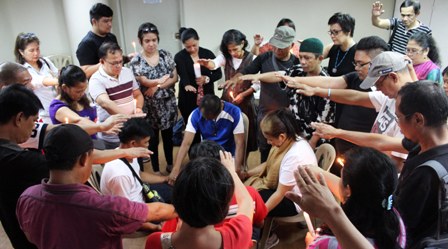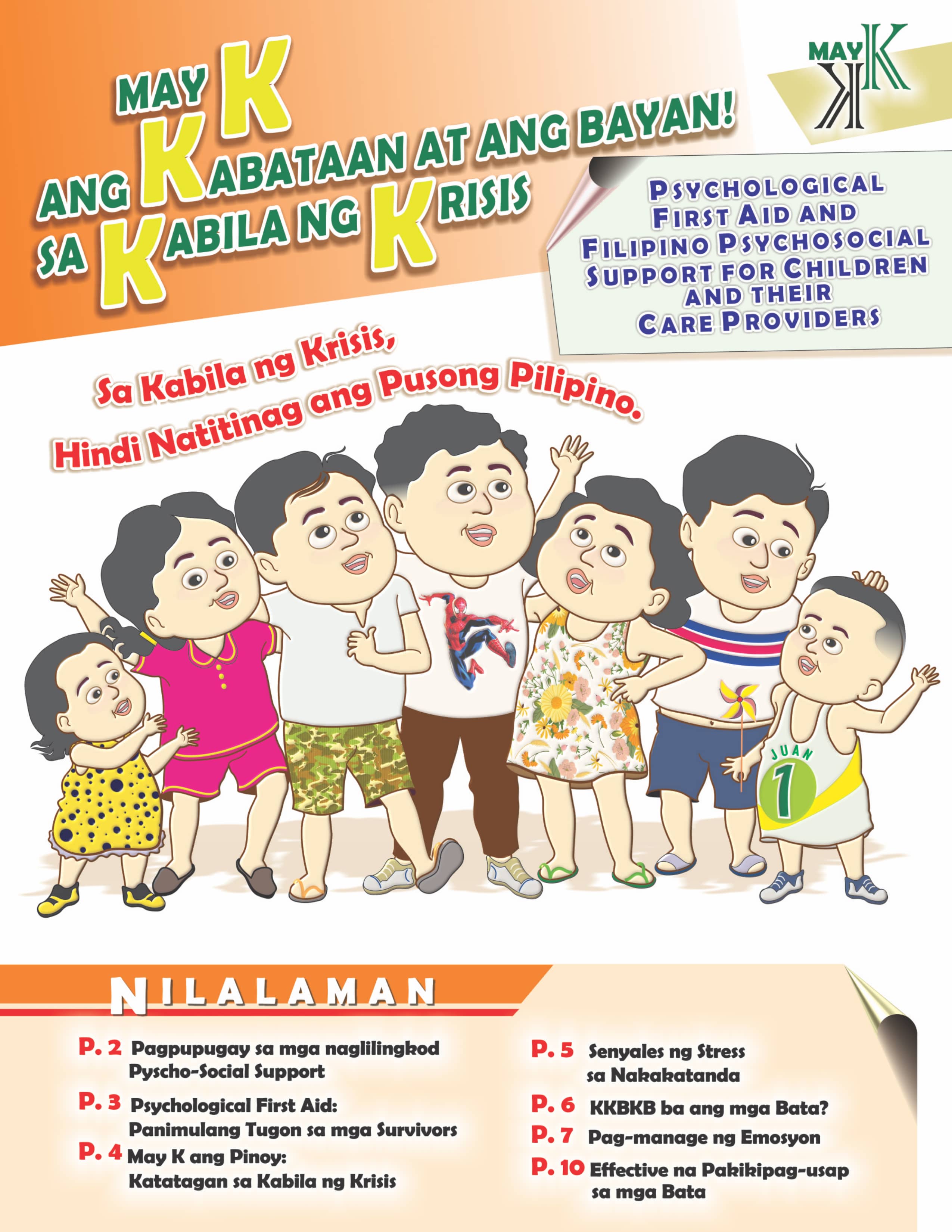Four torture survivors share their “life and struggles” in a testimonial ceremony held last September 27, 2016 at the Monument of Heroes (Bantayog ng mga Bayani), a landscaped memorial center honoring the people who lived and died in defiance of martial law under then President Ferdinand Marcos.
The activity capped the testimonial therapy session facilitated by the Balay psychosocial practitioners for those who survived and recovered from the torment they suffered in the hands of authorities when they were deprived of their liberty due to their political activism. The participants included a community organizer, a writer and labor activist, and former members of youth organizations.
Balay organized the event to coincide with the remembrance of the people’s struggle against the military dictatorship declared by President Marcos 44 years ago. It also served as a reminder for human rights workers to protect the gains achieved in their struggle since democracy was restored following the People’s Power Uprising in 1986. It was also timed with the 31st year since Balay was established in 1985.
The ceremony was highlighted by the reading of the narrative of each of the torture survivors which depicted their struggles to promote the social change ideals they believed in, the sacrifices they endured during detention and torture, and their determination and courage to surmount their negative experiences. Their friends, relatives, or comrades took turns to express their admiration and encouragement to the torture survivors after the reading of their life-story. The audience who served as participants in the ceremony sang songs or recited poetry as a gesture of welcoming the torture survivors and expressing recognition and appreciation for their contribution in resisting tyranny and oppression.
The survivors said that they felt ‘light-hearted’ after the ceremony. They realized that their sacrifices have not been forgotten and glad that they continue to inspire young people. They said that their traumatic memories may not be completely erased, but they have learned to go on with their respective lives knowing that they are not alone.
Among those who witnessed and joined the ceremony are former political prisoners, relatives of those who remained involuntarily disappeared, young people from the poor urban neighborhood, artists, human rights activists, labor organizers, priests and nuns, social workers, and members of civil society organizations.
Balay has been organizing the testimonial therapy for torture survivors in more than eight years. According to one of its most known promoters, Dr. Ingge Agger of the Danish Institute against Torture (Dignity), the testimonial therapy is a brief human rights based psycho– social intervention for the rehabilitation of torture survivors, which can be used by non-professional counselors in both individual and community settings. It involves the narration of survivors’ traumatic experiences. The trauma story is recorded and jointly edited by a counselor, a note taker, and the survivor. The story is then compiled into a document, which is presented to the survivor in a testimony ceremony, during which the survivor is honored in front of his or her community. The document may thereafter, if the survivor agrees, be used for advocacy purposes to raise awareness about human rights violations.
The testimony method was introduced in 1983 by two Chilean therapists, who found that the narration and retelling of traumatic experiences reduced psychological symptoms among political detainees subjected to torture during the military dictatorship in Chile.
























